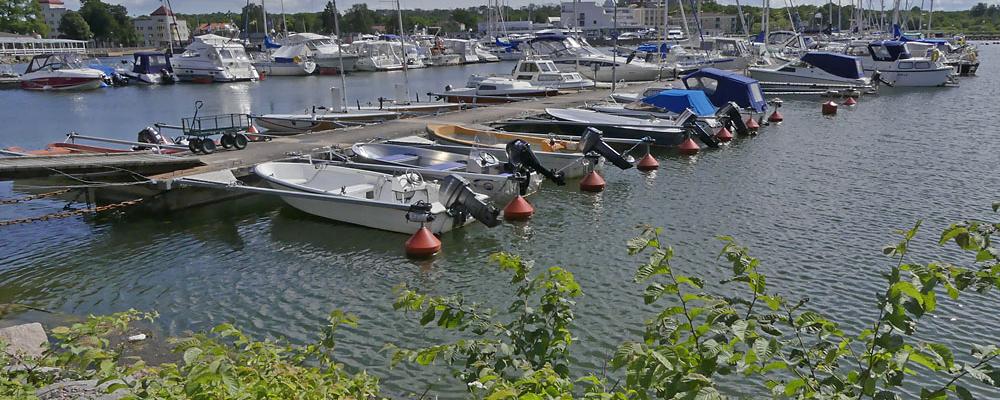
When we should care
Human use of the marine environment affects biodiversity on all levels, including the genetic level. Thus, considering the genetics should be part of an informed management. Here, we list some management situations and discuss consequences for genetic biodiversity. We also provide some general recommendations.
Mapping and monitoring
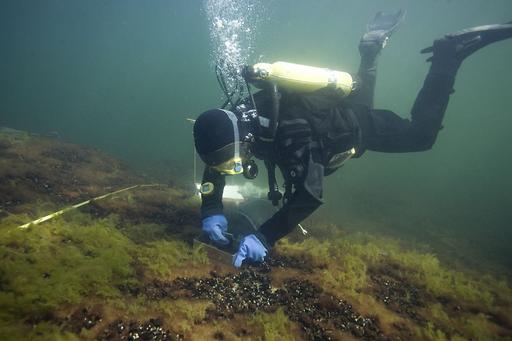
Mapping is the primary step to assess the amount of genetic variation that occur within and between populations of a species in a geographic area. For example, mapping can be used to identify and discriminate between fish stocks. Assessing the genetic variation can also be useful to decide if a monitoring program is required, and what design is necessary.
Monitoring the genetic biodiversity of populations and species is a way to assess genetic changes over time. For species that are subject to intense fishing or harvest, genetic monitoring is particularly important. The same goes for species that are threatened by local or global environmental change, including effects of pollution or a changing climate.
Monitoring pilot
As an assignment from the Swedish Agency for Marine and Water Management (SWAM), genetic monitoring programs is being developed for some marine and freshwater species in Swedish waters.
How to get the data
Conservation management of genetic diversity requires knowledge on the genetic composition of the species in question. A fist step is to collect samples from the field.
Fisheries management
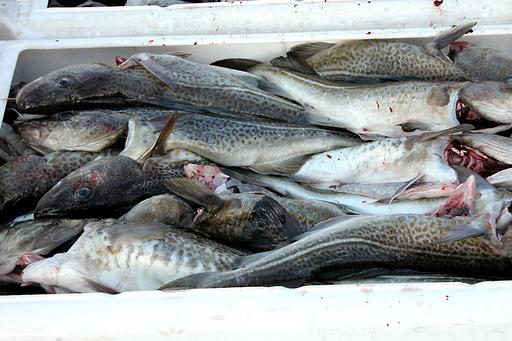
Managing mixed stocks of fish as if they were one single genetic population will risk overfishing of small stocks. Examples include eradication of small local fjord stocks of cod along the Swedish west coast managed as part of the large North Sea stock, as well as overharvesting salmon from small populations when fishing on mixed stocks in the Baltic Sea.
Analysing the genetic diversity structure is the most and usually the only accurate method to identify and discriminate between fish stocks. Harvested and fished stocks are under risk of temporal changes and need continuous monitoring.
Habitat quality assessment
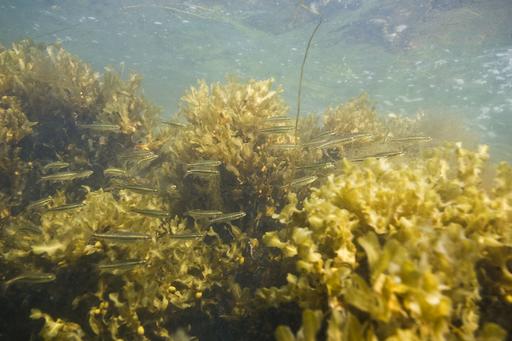
Seaweeds and seagrasses provide important habitats for crustaceans, molluscs, fish larvae, ephemere algae and many other organisms. The genetic variation of the habitat-forming species will affect habitat quality. For example, genetic diversity in seaweeds increases tolerance to physiological stress and grazing.
Populations of habitat-forming species may be adapted to their local environment and genetically distinct from other populations of the same species. Losing a local population of a habitat-forming species will affect the entire habitat in that area. Loss of genetic variation within a habitat-forming species will increase the vulnerability of the entire habitat and can also affect other species.
Restoration
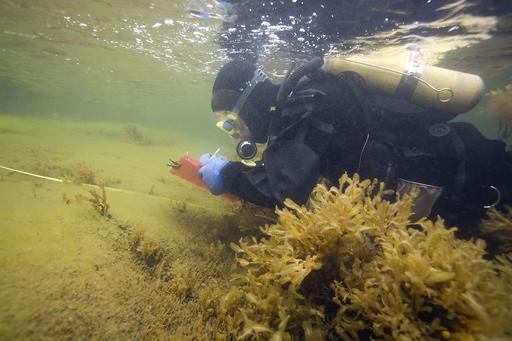
Marine restoration is still infrequent but there is an increasing interest to repair loss of key species in local areas. If individuals of the original population are still around, transplanting individuals from another area will risk genetic contamination, for example, introducing deleterious genes. A comprehensive genetic analysis is needed to compare the genetic diversity of the two sites.
Restoring eelgrass
Zorro is an interdisciplinary research project about management and restoration of eelgrass in Sweden.
Stocking
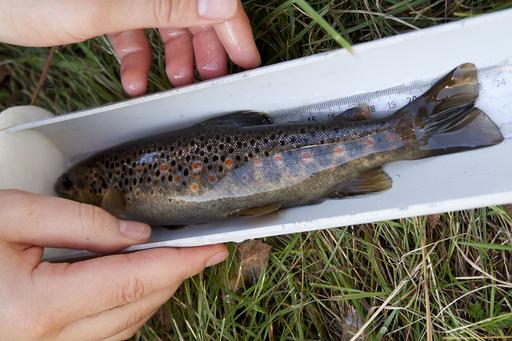
Stocking refers to the release of translocated, or captively raised individuals. In the Baltic Sea stocking is used to increase commercial or sport catches of e.g. salmon, trout and whitefish. Stocking can reduce or alter the genetic diversity of the wild populations, which in turn will affect their potential to adapt to environmental change and their long term survival.
Marine spatial planning and marine protected areas
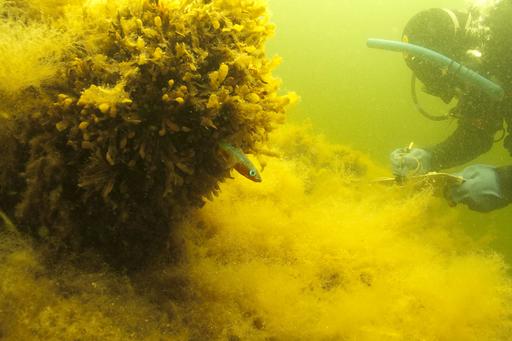
Marine spatial planning and marine protected areas (MPAs) are tools to protect biodiversity, including genetic variation. Strategies for spatial planning and for designing MPAs depend on the population structure of the species in target.
One big metapopulation...
If individuals or propagules can migrate between populations, connectivity is high resulting in a metapopulation that share a common (large) gene pool. However, if disperal links between populations are broken and connectivity restricted, for example when a habitat becomes fragmented due to human activities, the result will be isolated, small populations and loss of genetic diversity.
... or several small populations
On the other hand, sometimes populations can be genetically unique with no or little contact with others. Such populations might have evolved adaptations to local conditions and are valuable for protection. In the Baltic, many species are locally adapted to the low salinity and due to low connectivity genetically distinct from populations in the North Sea.
Management units
Species are structured into populations that are more or less genetically separated and unique. This population genetic structure is important information for marine spatial planning.
Threatened species
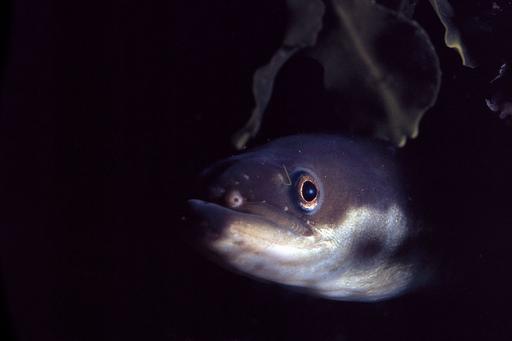
If populations of a species have declined significantly in size due to harvest, disturbance, pollution or other human impact, they may also have lost significant genetic variation. Genetic rescue by introducing genetic variation from one or several other populations may be appropriate.